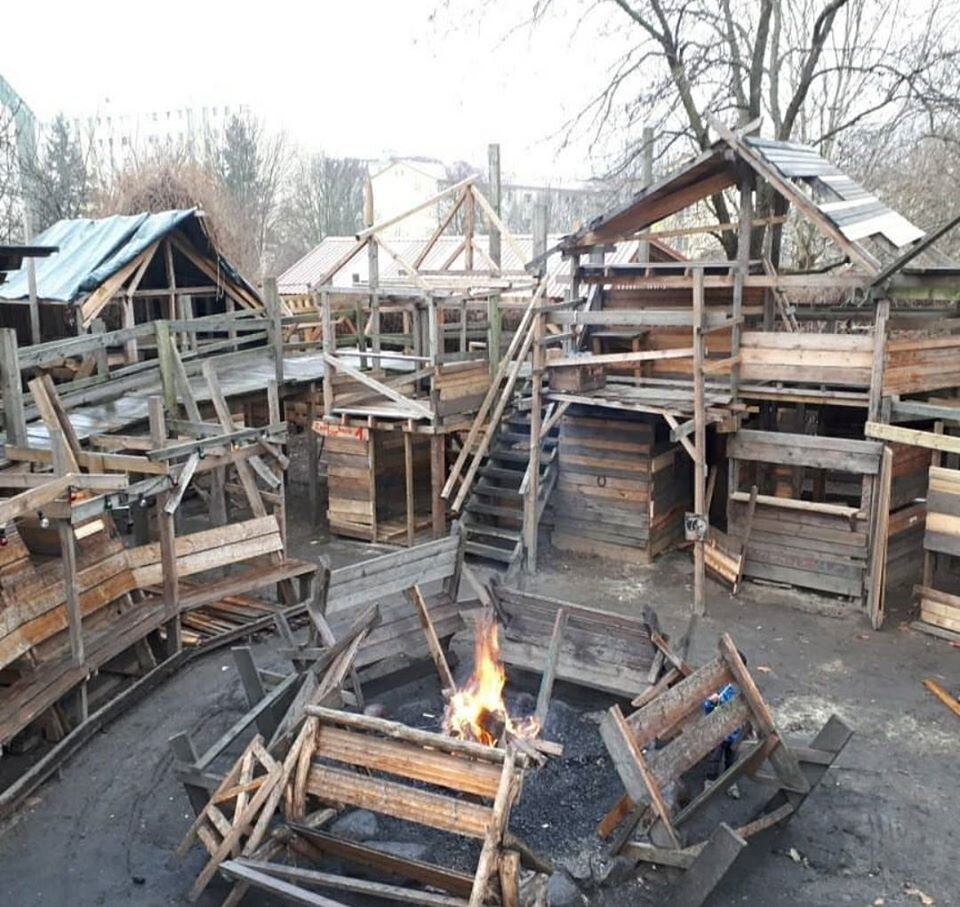This example of a "deep play" play frame was discussed at a recent workshop conducted by Angus from The Outsiders and we thought we would share as it illicited some fantastic discussion...
As playworkers we recognise 16 play types (Hughes, 2002) that help us identify what is going on in children's play and to also acknowledge the benefits occurring. One of the harder play types to explain to parents and guardians is "Deep Play"... This difficulty is most likely due to the definition...
"Deep Play – play which allows the child to encounter risky experiences, to develop survival skills and conquer fear. E.g. light fires with matches, make weapons, conquer fear such as heights, the dark, snakes, and creepy crawlies. In this play children find strength (both physical and mental) they never knew they had to climb obstacles, lift large objects, overcome phobias etc.."
Clearly we can knee jerk when the idea is floated that we are intentionally allowing "fear"... Until we reflect and apply logic. There are reasons we ride bikes down steep hills, watch movies that scare us and ride roller coasters. This reason is to give us a little jab of thrilling fear, but on our terms, and in an environment we control. Play, is of course an environment the children, if allowed, have control over and is thus perfect for testing their own boundaries.
Facilitating Deep Play allows children to conquer fears and anxieties in a realm they control and thus despite offering some challenge, is possibly one of the most important play types!
So now to an observation taken a week or so ago on a very interesting and complex play frame occurring that is a great example of Deep Play.
"Observation: Some of the older girls today were playing a game they were calling "dead for a day". The game involved an upturned bath tub. Someone would go under the bath tub and it was slowly lowered over them until it was more or less pitch black. The lowering was not rushed with lots of dialogue between the girls outside the tub and the one inside such as "is that to dark", "can we go a little further". Presumably one could withdraw at any time based on the caring empathetic voices but while I was watching all children participating saw the challenge through to completion and were visibly proud/happy when they emerged. Other statements like "this will make sure we are not scared of the dark" and even "this will cure claustrophobia" were heard. Before long a long line of other children of all ages had formed outside the water tank (where the play frame was occurring) waiting for a turn. It was satisfying to see the extra dialogue and slower pace the older girls running the activity applied when younger children came for a turn".
Not only is the above a great example of Deep Play, but a perfect example of why we should not trivialize play. Consider the depth of thought, moderation, planning and scaffolding these children were demonstrating with no adult intervention whatsoever.
"Hughes, B. (2002) A Playworker’s Taxonomy of Play Types, 2nd edition, London:
PlayLink.











